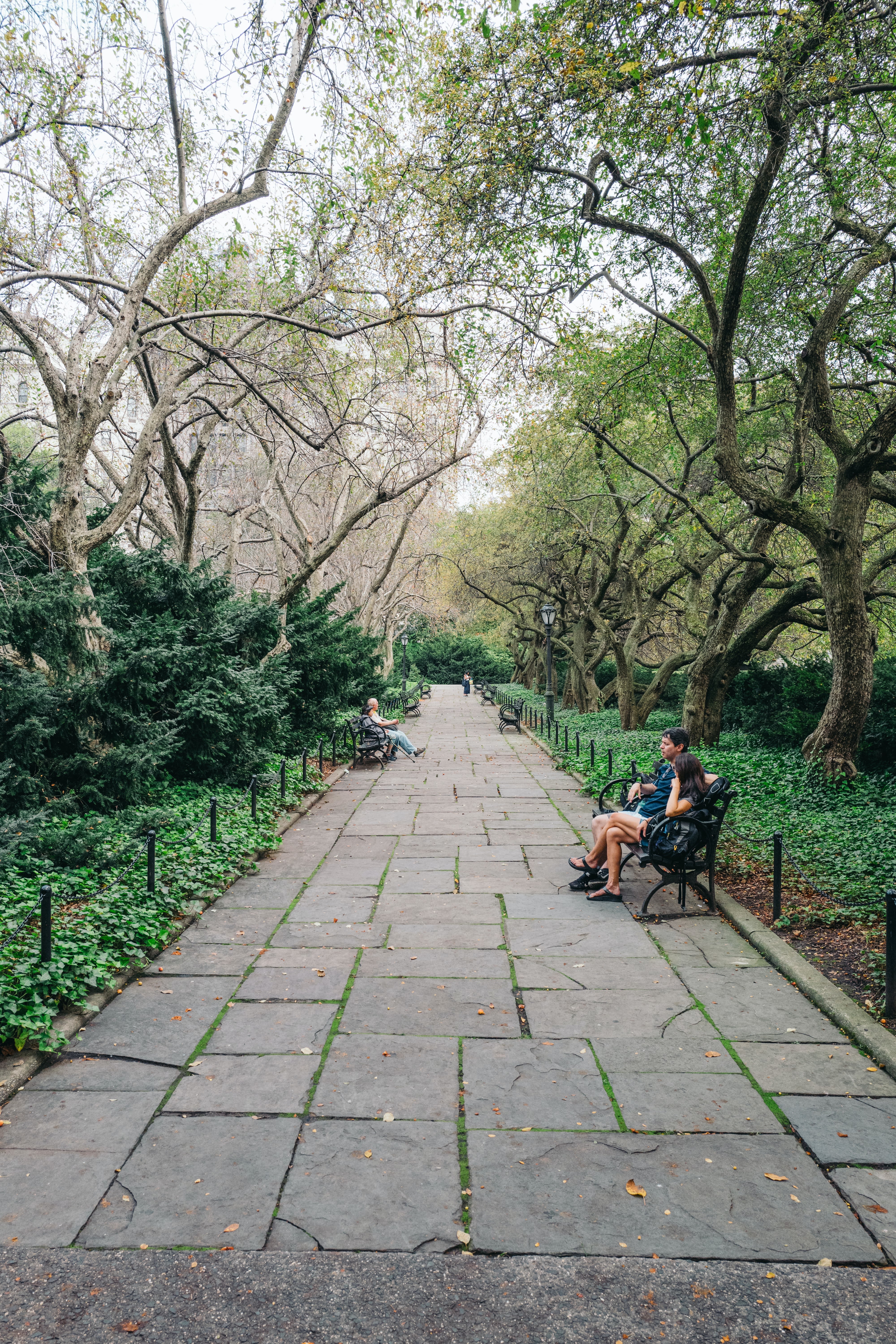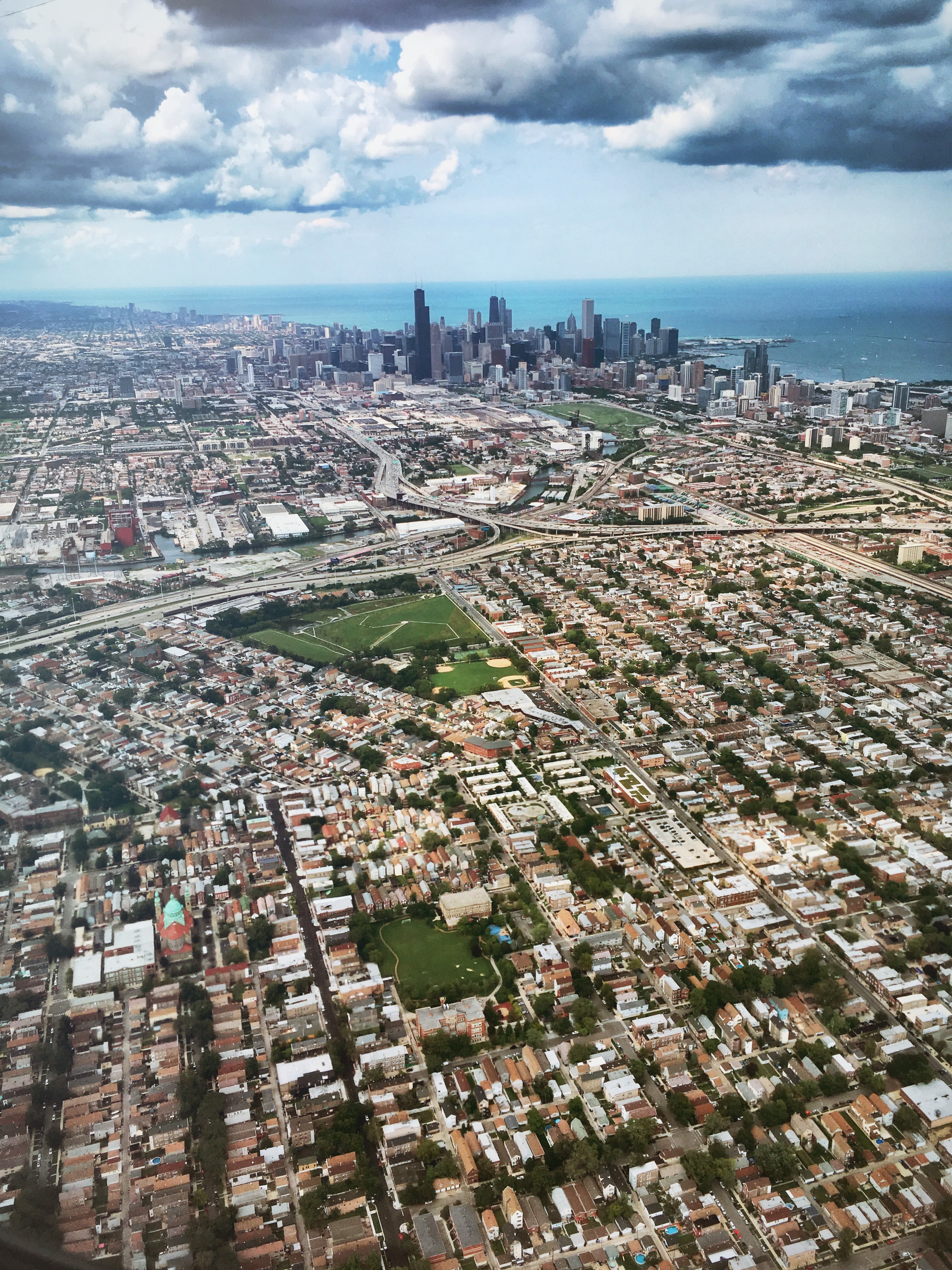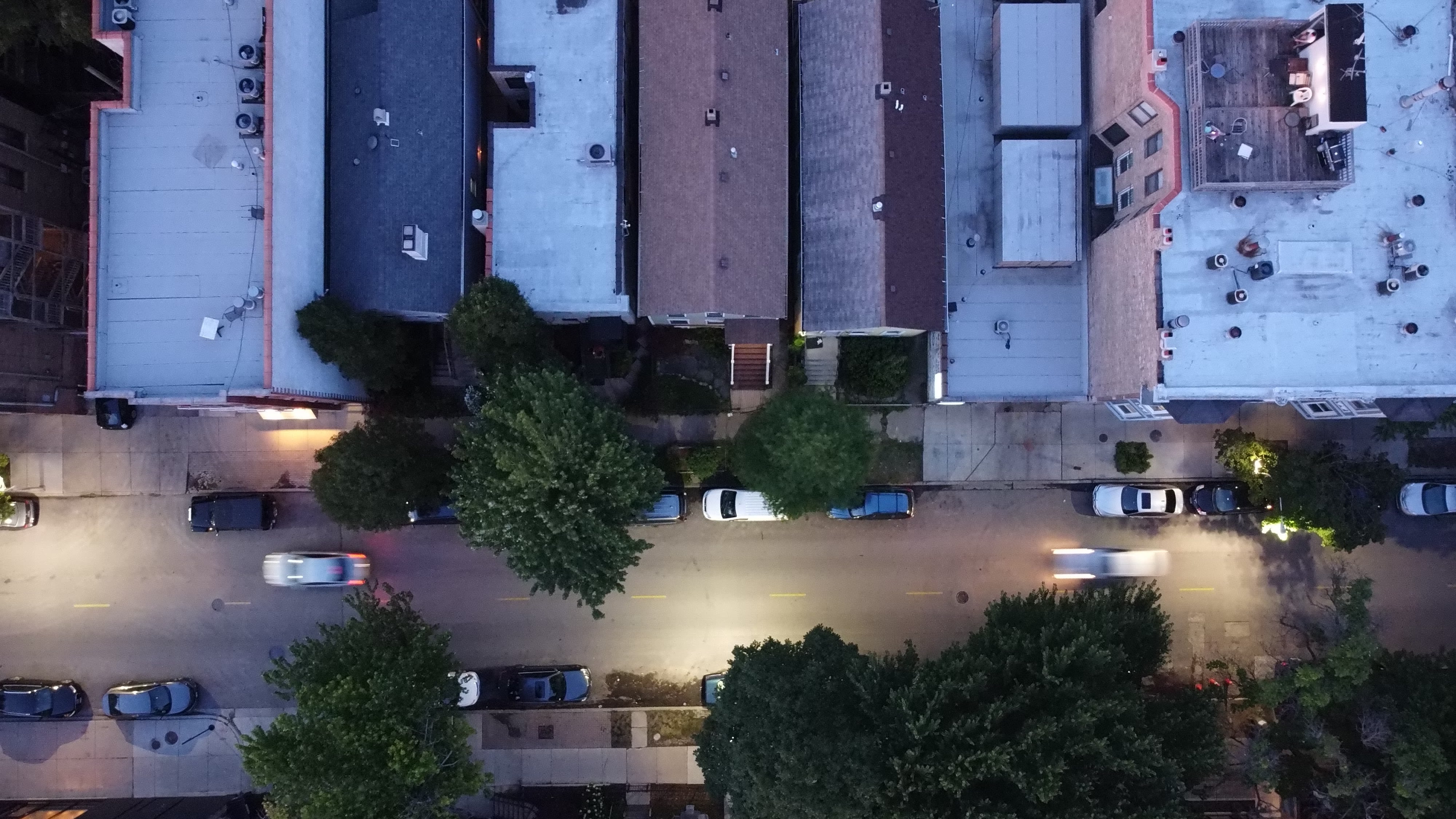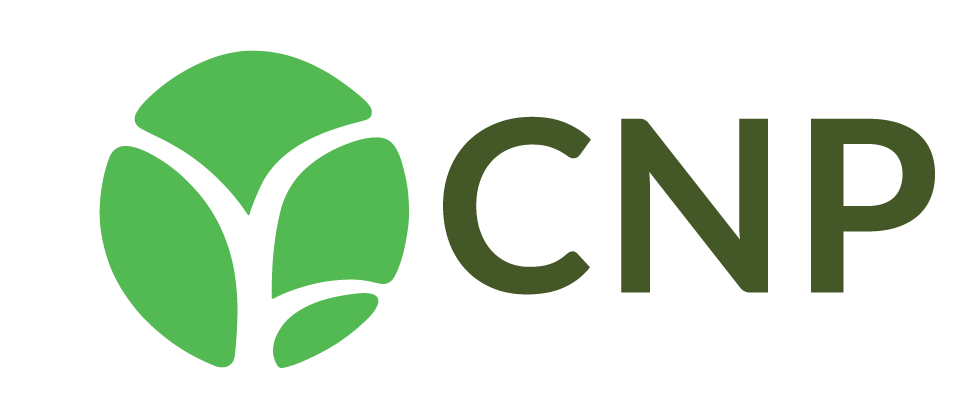Promoting Equitable Tree Canopy in Chicago, Illinois

Overview
Chicago, Illinois has been my home for all my life. Growing up, I have always loved Chicago for its amazing food, unique architecture, historic sports teams, vibrant entertainment scene, and its diverse neighborhoods. Driving through the city, when I came home to visit during the summer of 2021, I noticed an unusual difference between the neighborhoods: the number of trees. This is an environmental element that people fail to notice, leaving some communities to be impacted negatively.

So why are trees so important?
Trees provide several health benefits that people are unaware of.
As trees provide shade and cooling air, they protect communities from excessive hot temperatures. This benefits those with chronic diseases because they reduce their risk of hospitalization and mortality due to heat-related illnesses such as heat strokes.
For people with respiratory illnesses such as asthma, trees aid in filtering air and reducing pollution, therefore alleviating the severity of symptoms that asthma patients may experience.
Moreover, trees can provide mental health benefits. The presence of trees creates additional green areas like parks and fields, which encourages people to go outside and be active by either exercising or socializing. Furthermore, they reduce “blood pressure, stress and anxiety, and even violence” which allows people to have a better quality of life.
(Hunter, 2022)

Since trees are so important, are they distributed equitably in Chicago?
From research conducted by the Chicago Tribune and the University of Chicago, it has recently been discovered that trees are not equitably distributed.
The 1930s housing discrimination and redlining practices in Chicago contributed to the perception that certain areas were more “risky” than others. Because of this, trees were intentionally planted in “non-risky” neighborhoods which are home to more affluent and wealthier communities, while those residing in the “risky” neighborhoods had fewer trees and as a result, were denied the opportunity to experience the benefits of trees.
(Travers, 2021)

What does this look like in reality today?
Although these two neighborhoods are only within a few miles of one another, a neighborhood located in Lake View, Chicago has a tree canopy percentage 10x greater than this neighborhood located in the west side of Chicago.

Photo by Craig Vodnik on Unsplash
Photo by Craig Vodnik on Unsplash
Lake View, Chicago → 31% Tree Canopy

Photo by Albany Capture on Unsplash
Photo by Albany Capture on Unsplash
West Side of Chicago Near Kennedy Expressway → 3% Tree Canopy (Hunter, 2022)
(Hunter, 2022)
*Note: these images are not pictures of the actual neighborhoods due to copyright reasons, instead they are representations of what they look like in reality.
What does the population of Chicago, Illinois look like?
Currently, Illinois is the 6th most populous state, and Chicago is the 3rd most populous city in the United States. Chicago is also considered to be one of the most racially and ethnically diverse cities in the nation.
Although Chicago, Illinois is very populous, are they receiving a sufficient amount of funding to invest in their environment?
In 2023, Illinois only was allocated 5.5% of the total budget from the US Department of Agriculture - Urban and Forestry Sector.
To put that into perspective, with Illinois' current population of 12,671,469 million people, the per capita spending in urban and forestry development is approximately $1.09 per person.
This is much lower than the United States national per capita average of $3.00 per resident. (Arbor Day Foundation, 2023)
What are good metrics to evaluate trees within an area?
Assessing tree canopy and tree equity of a community are frequently used metrics.
Tree Canopy is the number of trees located in each neighborhood and the coverage they provide from their leaves, branches, and other foliage.
(Tree Canopy Definition, 2023)
Tree Equity is ensuring the equitable distribution of trees throughout a community, providing equal opportunities for everyone, regardless of demographics, to experience the same economic, environmental, and health benefits from trees.
(Methodology: Tree Equity Score, 2023)

Keeping Illinois budget in mind, how has this impacted their standing in Tree Equity Score nationally?
Illinois (IL) has a tree equity score of 85.95 and is ranked 27th among all US States which shows us that within its large population, people are not experiencing the same benefits of trees equally.
Tree Equity Score is a good indicator of inequitable access in regard to how well the benefits of trees are reaching vulnerable communities. It is calculated at the neighborhood level, and each state is given a score on a scale of 1-100. If a state receives a lower score, it should be prioritized for tree planting.
(Methodology: Tree Equity Score, 2023)
What do Tree Canopy and Tree Equity look like in Chicago specifically?
Although the tree equity score of Chicagoland area counties is similar to its state average, the tree canopy score demonstrates the urgency of tree planting. Today, the national average of tree canopy coverage across urban areas is 39.6%, and the city of Chicago is only 16% but can get as low as 4-10% depending on the location of the neighborhood. (Hunter, 2022)
What is next for Chicago?
As an attempt to resolve this issue, Chicago has initiated a new program called
Our Roots Chicago, with a primary goal of “planting 75,000 trees over the next five years”, specifically prioritizing neighborhoods where the “tree canopy currently falls below Chicago’s 16% average”, so that everyone across all demographics has the opportunity to experience the health benefits of trees
(City of Chicago, 2022)

"This is our beautiful city of Chicago. It is our beloved city, a place that we call home, and it is up to us to invest in the city and our home to create a better future for generations to come."

Be a part of the change!
Find out more about how you can help equitably expand Chicago's Tree Canopy. Learn how you can join today and be a part of the solution!
References:
- Hunter, K. (2022, September 14). Under an Urban Canopy: Chicago’s tree ambassadors teach residents about the crucial role trees play in health and health equity. Chicago Health. https://chicagohealthonline.com/chicago-tree-ambassadors/
- N.A. (2023). Economics of Urban Forestry in the United States. Arbor Day Foundation. https://www.arborday.org/urban-forestry-economic/
- N.A. (2023). Methodology: Tree Equity Score. American Forests: Tree Equity Score. https://www.treeequityscore.org/methodology
- N.A. (2022). Our Roots Chicago Equitably Expanding Chicago’s Tree Canopy. City of Chicago. https://www.chicago.gov/city/en/sites/our-roots-chicago/home.html
- N.A. (2023). Tree Canopy Definition. Law Insider. https://www.lawinsider.com/dictionary/tree-canopy
- Travers, J. (2021, September 3). Tree equity. The Ecologist Informed by Nature. https://theecologist.org/2021/sep/03/tree-equity
* All data sources are listed under each of the visualizations.
